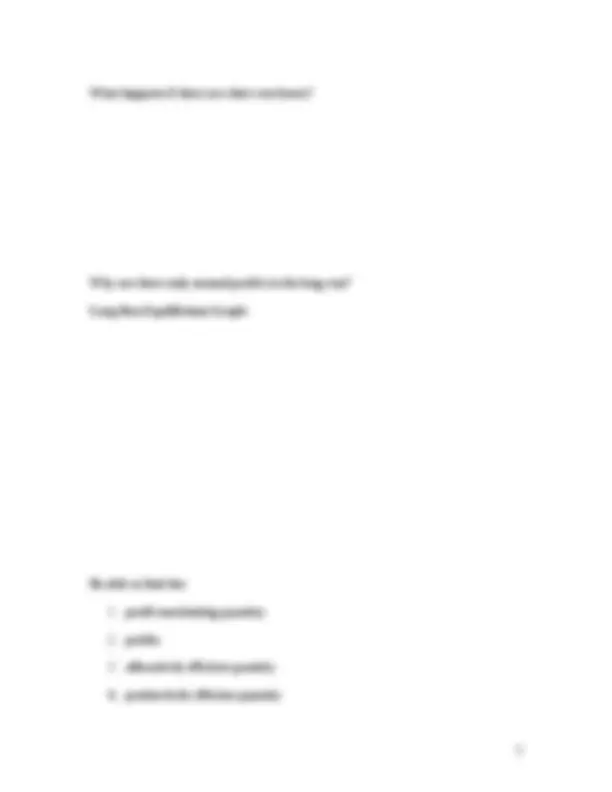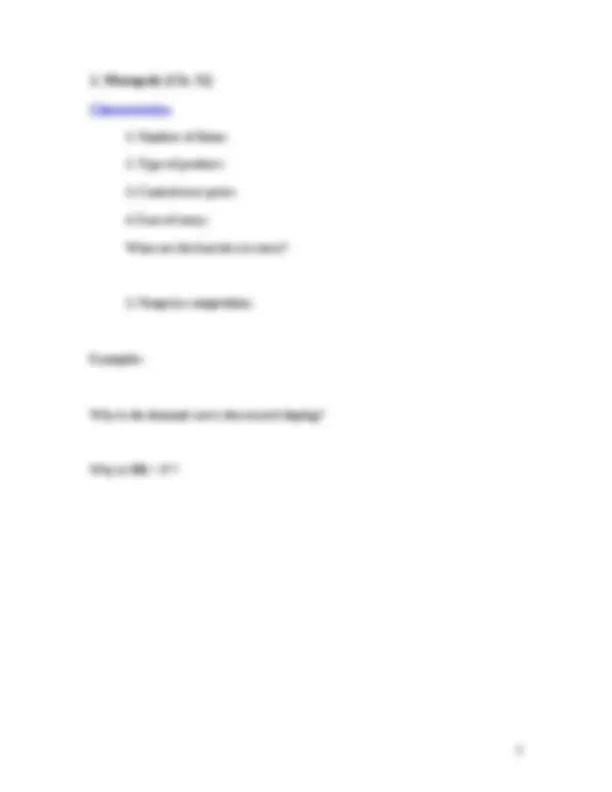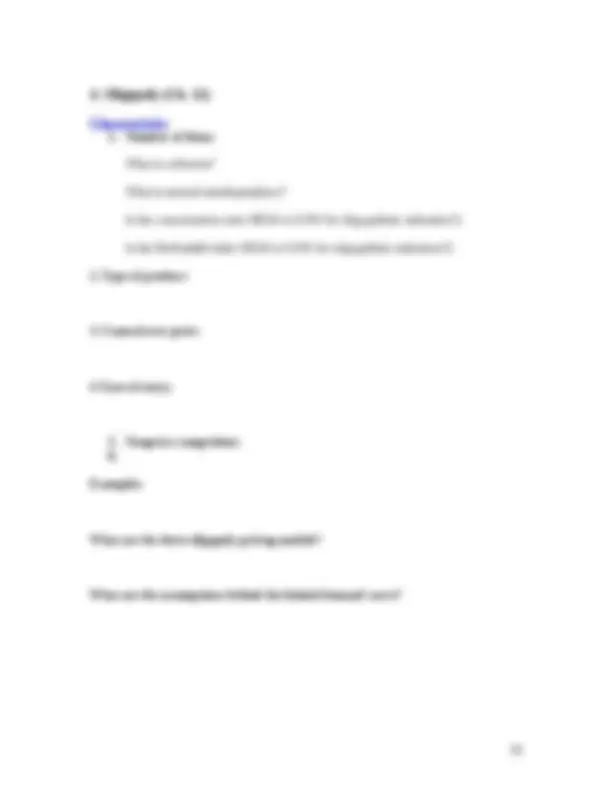









Study with the several resources on Docsity

Earn points by helping other students or get them with a premium plan


Prepare for your exams
Study with the several resources on Docsity

Earn points to download
Earn points by helping other students or get them with a premium plan
Community
Ask the community for help and clear up your study doubts
Discover the best universities in your country according to Docsity users
Free resources
Download our free guides on studying techniques, anxiety management strategies, and thesis advice from Docsity tutors
Material Type: Notes; Professor: Healy; Class: MICROECONOMICS; Subject: Economics; University: Harper College; Term: Unknown 1989;
Typology: Study notes
1 / 13

This page cannot be seen from the preview
Don't miss anything!








How to find the profit maximizing quantity: A firm will maximize its profit (or minimize its losses) by producing that output at which marginal revenue and marginal cost are equal provided product price is equal to or greater than average variable cost. (1) Find the quantity where: MR=MC (2) produce this quantity if: AR > AVC How to find the productively efficient quantity: Society will achieve productive efficiency by producing that output at which the average total cost (ATC) is at a minimum. minimum ATC, or MC = ATC How to find the allocatively efficient quantity: Society will achieve allocative efficiency by producing that output at which price and marginal cost are equal. P=MC
Characteristics:
Characteristics:
Long-Run Equilibrium Graph Why are there long run profits? Be able to find the:
Characteristics:
Long-Run Equilibrium Why are there only normal profits in the long run? What happens if there are short run profits? What happens if there are short run losses?
Characteristics
Examples: What are the three oligopoly pricing models? What are the assumptions behind the kinked demand curve?
Long-Run Equilibrium - Kinked Demand Model Be able to find the: